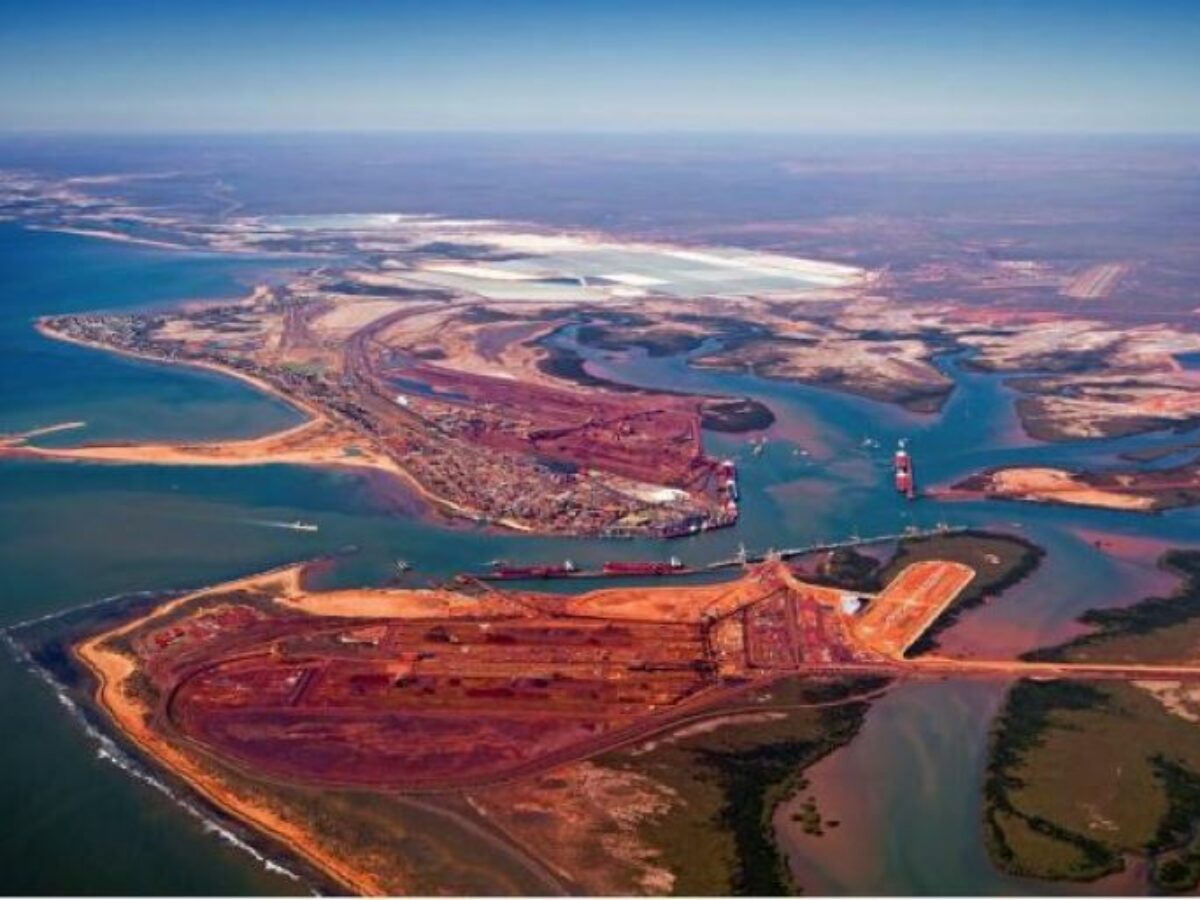Critical minerals strategy will achieve only limited local value-adding

By Peter Roberts
Australia’s new Critical Minerals Strategy aims to increase the value added onshore to Australia’s vast mineral resources, rather than simply exporting undifferentiated mineral commodities.
However it stops short of being the comprehensive policy we need to develop value-added industries.
The strategy sets out a vision to grow our critical minerals wealth, create Australian jobs in mining and manufacturing, strengthen global clean energy supply chains, and support the world to achieve net zero emissions, according to the federal government.
Minister for Resources and Northern Australia Madeleine King said the strategy was an enduring framework to guide future government policy decisions to maximise the national benefits of Australia’s internationally significant critical minerals endowments.
However the vision laid out by King and the strategy sees Australia as a minerals processing power – a laudable aim – with only a limited further value adding aim laid out in renewable technology sectors, and a general and vague commitment to manufacturing.
As one of the first policy decisions under the strategy, the government will target $500 million of new investment into critical minerals projects, via the Northern Australia Infrastructure Facility.
King said: “The new Critical Minerals Strategy outlines the enormous opportunity to develop the sector and new downstream industries which will support Australia’s economy and global efforts to lower emissions for decades to come.
“While the potential is great, so too are the challenges. The Strategy makes it clear our natural minerals endowment provides a foot in the door, but we must do more to create Australian jobs and capitalise on this unique opportunity.”
However a $500 million investment by the Commonwealth is less than peanuts compared to the hundreds billions being invested in boosting advanced industries including critical minerals by the Biden administration.
It is also peanuts compared to the tens of billions worth of projects being proposed in Australia, and will be only able to help on the margins.
Value-adding has been largely absent in national policy and is a major factor in Australia slipping down the Harvard Atlas of Economic Complexity such our economic mix rates as a developing country rather than a highly developed one.
This means that we leave others to reap the economic benefit of producing so called Elaborately transformed manufactures such as electronics, and even substantially transformed manufactures such as aluminium and copper.
It also leave the economy highly fragile in the face of economic shocks that affect global commodity prices for such things as iron ore and coal.
The strategy focuses on minerals processing – understandable perhaps because we often do not bother to process the ores we mine even to the concentrate stage before export.
It moves on to a focus on using our critical minerals to help Australia become a renewable energy superpower, as well as extracting ‘more value from our resources, creating jobs and opportunity’.
However its ambition for complex manufacturing in growing the critical minerals sector is limited to statements such contributing ‘to a strong future for our resources and manufacturing industries’.
The strategy said only that its priority areas for critical minerals ‘align’ with Australia’s Critical Technology Statement and include:
- Battery and battery components
- Rare earth permanent magnets
- Catalysts for hydrogen production
- Semiconductors for micro-chips and solar PV
- And defence technologies.
However tit failed to spell out a strategy for these high value areas of manufacturing, other than the encouragement of R&D and commercialisation, building a skilled workforce and the need to attract overseas investment in manufacturing.
Here it referred to the government’s National Reconstruction Fund, Australian Made Battery Plan, National Electric Vehicle Strategy, National Hydrogen Strategy and First Nations Clean Energy Strategy.
Perhaps here we come to the nub of the issue with this federal government – we have a plethora of narrow plans, each of which is valuable in its own right.
But there is a lack of overall co-ordination, and as @AuManufacturing has argued previously there is a lack of a national industry plan.
Until we get a mechanism for co-ordinating the activities of multiple departments, multiple agencies and multiple ministers in the form of a national industry plan, we will continue to see the release of papers such as the Critical Minerals Strategy which, while valuable, fall short of what we need to rebuild the ultimate value-adding sector – manufacturing
Further reading:
Australia’s low economic complexity – infographic
A new deal plan for manufacturing – we learned we don’t have an industry policy by Lance Worrall
Picture: Critical Minerals Strategy/Port Hedland where hundreds of millions of tonnes of ore is exported annually
@aumanufacturing Sections
Analysis and Commentary Awards Defence Manufacturing News Podcast Technology Videos










